How To Invest In Gold And Silver In Today’s Economy
5 Mins Read
Published on: 31 May 2023
Last Updated on: 01 June 2023
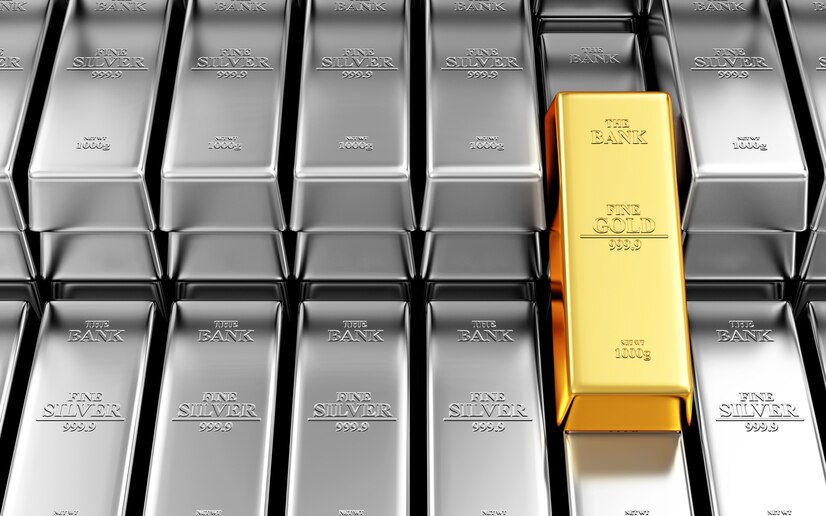
Gold and silver have long been treasured investments due to their scarcity and intrinsic value.
Real assets cannot be compromised like paper currencies and digital investments; unlike stocks or bonds, which carry counterparty risk. Silver is more affordable than gold, making it easier for retail investors to acquire and trade it, making it an excellent solution for small financial needs – but there’s a lot more involved, so let’s get into it.
Metals
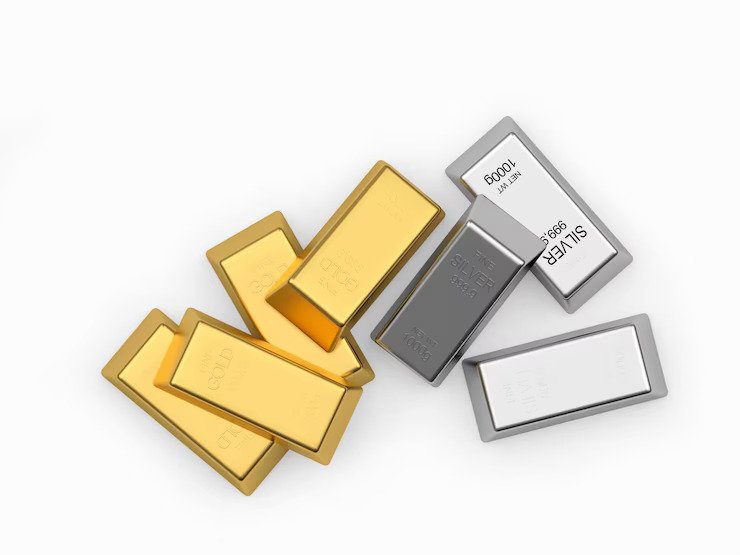
Gold and silver investments can provide your portfolio with diversification benefits, but how you purchase these assets may depend on your goals. Some investors prefer physical coins and bullion while others may use exchange-traded funds or shares of mining companies as a vehicle to invest. It is wise to consult a trusted professional when choosing your purchasing method.
Precious metals have long been prized as investments due to their rarity, beauty, malleability, resistance to tarnishing, antibacterial properties, and ability to act as a safe haven investment (https://www.metmuseum.org/toah/hd/egold/hd_egold.htm). Their value may act as a hedge against inflation; however their supply and demand influence pricing, often moving in opposite directions of stocks and bonds.
Gold, silver, and copper are three of the most commonly found metals. Gold and silver are highly malleable metals that can easily be made into jewelry; copper is durable yet strong making it an ideal conductor of electricity, popularly used in wires and cables. Other metals have also been utilized throughout history for various applications.
Precious metals have long been recognized for their antibacterial properties which is why medical equipment contains it – it kills bacteria without harming human cells while being non-toxic to bacteria that otherwise live off us humans and is an integral part of antibiotics.
Silver’s conductivity and antimicrobial properties make it an integral component of electronics, found in electrical switches, superconductors, batteries, solar panels, and industrial applications. Furthermore, its decorative qualities also make it popularly used in jewelry pieces.
Gold and silver investments attract investors as a protection against inflation and as safe haven investments; not tied to any country’s currency, they can easily be stored. Furthermore, they have historically shown lower correlations with stock indices and bond markets – meaning when stocks and currencies decline, gold tends to appreciate in value.
Coins
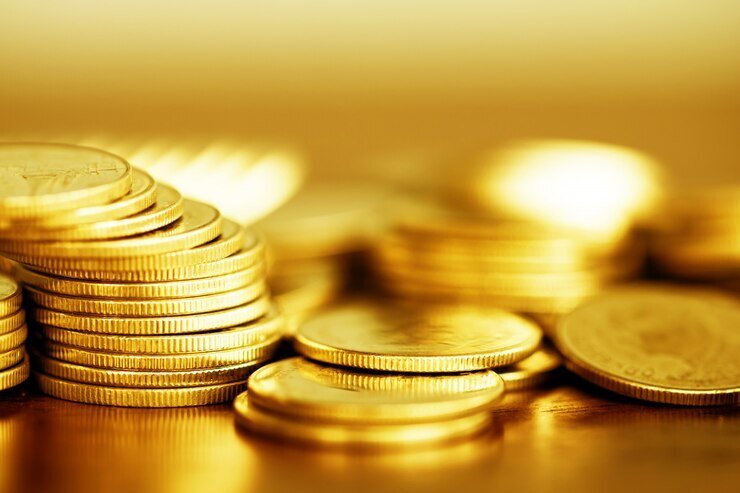
Physical coins and bars remain one of the oldest and easiest ways to invest in precious metals, offering real ownership with genuine upheaval insurance as well as real upheaval protection, but this approach also comes with certain drawbacks – for instance, you may pay an increased premium above actual spot price due to manufacturing markups and storage costs, plus they are inconvenient to hold and require you to find an ideal place for safe storage.
Bullion can be difficult to transport or sell, making it impractical as an asset class to invest in directly. By contrast, gold exchange-traded funds (ETFs) offer much easier trading liquidity while diversifying portfolios with ease.
Gold ETFs may carry lower premiums due to lower manufacturing and distribution costs; however, it should be remembered that they do not serve as true insurance against upheaval or economic hardship.
Rounds
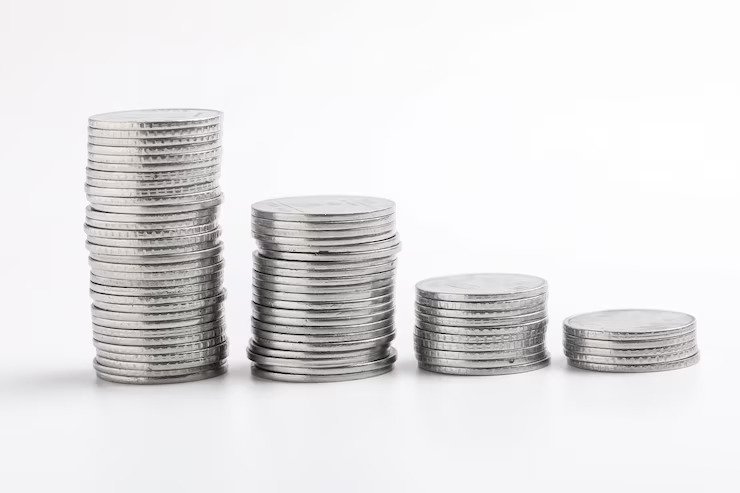
When choosing between coins or rounds as investments, it’s essential to recognize their differences. While both forms have circular shapes that make them portable, rounds differ significantly in price, weight, and purity when compared with coins – this knowledge will enable investors to make wise investment decisions.
Rounds, unlike coins, are not produced by government mints and thus don’t meet the same quality standards, resulting in them typically being less costly. Furthermore, their designs often go beyond patriotic or cultural themes and can commemorate events or pay homage to individuals as well.
Silver rounds have grown increasingly popular as investors take advantage of their lower costs to invest in this precious metal and take advantage of a growing silver market. Investors hope their money can increase in value thanks to low prices in silver rounds compared to popular bullion coins like the American Silver Eagle, Canadian Maple Leaf, or Chinese Panda coins.
However, investing in rounds rather than coins has its drawbacks. One such drawback is their lack of face value compared to coins; therefore their worth rests solely in their silver content. Another disadvantage is they don’t stand out like coins do and may prove difficult to sell quickly.
ETFs

Exchange-traded funds (ETFs) remain one of the most popular ways to invest in gold and silver. ETFs offer an easy way to track metal prices without needing to store bullion or coins; trading these products within regular brokerage accounts makes trading simpler too. But investors should understand their risks when using ETFs.
Gold and silver ETFs each offer different strengths and weaknesses when choosing one to invest in. When selecting an ETF, read a review or two and look for funds with high liquidity and a reasonable expense ratio. Furthermore, select ETFs that limit physical metal exposure – this will lower your risk of losing money when the price of bullion drops.
Investors must also carefully consider how an ETF is taxed. ETFs that hold physical precious metals may be treated as collectibles for tax purposes and subject to higher long-term capital gains rates; this may present disadvantages for investors looking for tax-efficient strategies.
ETFs that track the prices of metals such as gold and silver are commonly referred to as bullion-backed ETFs. While investing in one can provide exposure to their prices without needing to buy or store actual physical bullion, there can also be drawbacks when investing this way.
First and foremost, bullion-backed ETFs face counterparty risk. This is an enormous issue as precious metals don’t generate cash flows like businesses or interest-paying bonds do, meaning relying on an outside party for safe storage of precious metals can be risky in an emergency situation.
Investors looking for an easier, safer way to own silver should consider investing in the Sprott Physical Silver Trust (PSLV). This closed-end trust holds unencumbered London Good Delivery bars of physical bullion that list their serial numbers online; further, its vault is located in Canada providing added safety compared with other methods for purchasing physical bullion.
Wheaton Precious Metals (WPM), its top holding, offers streaming agreements for over 20 operating mines and nine development-stage projects making WPM one of the safest ways of owning physical silver.
Read Also:
















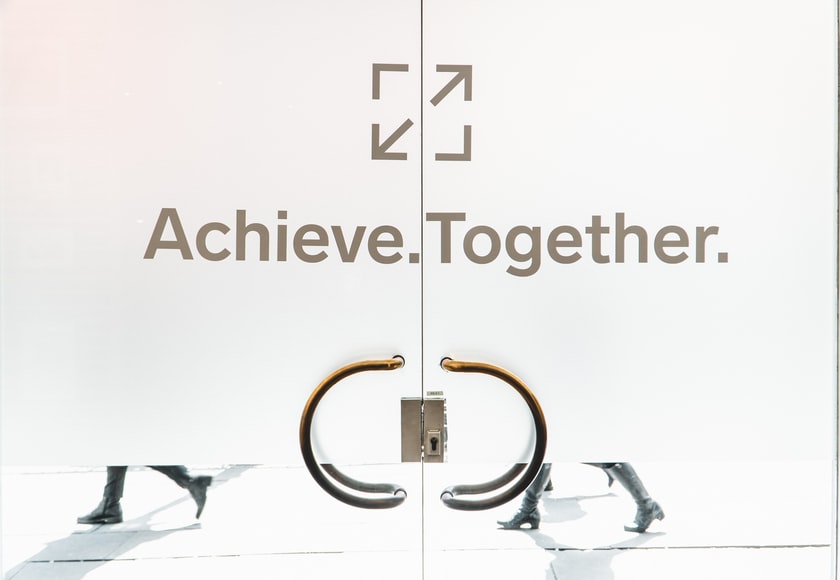

Comments Are Closed For This Article